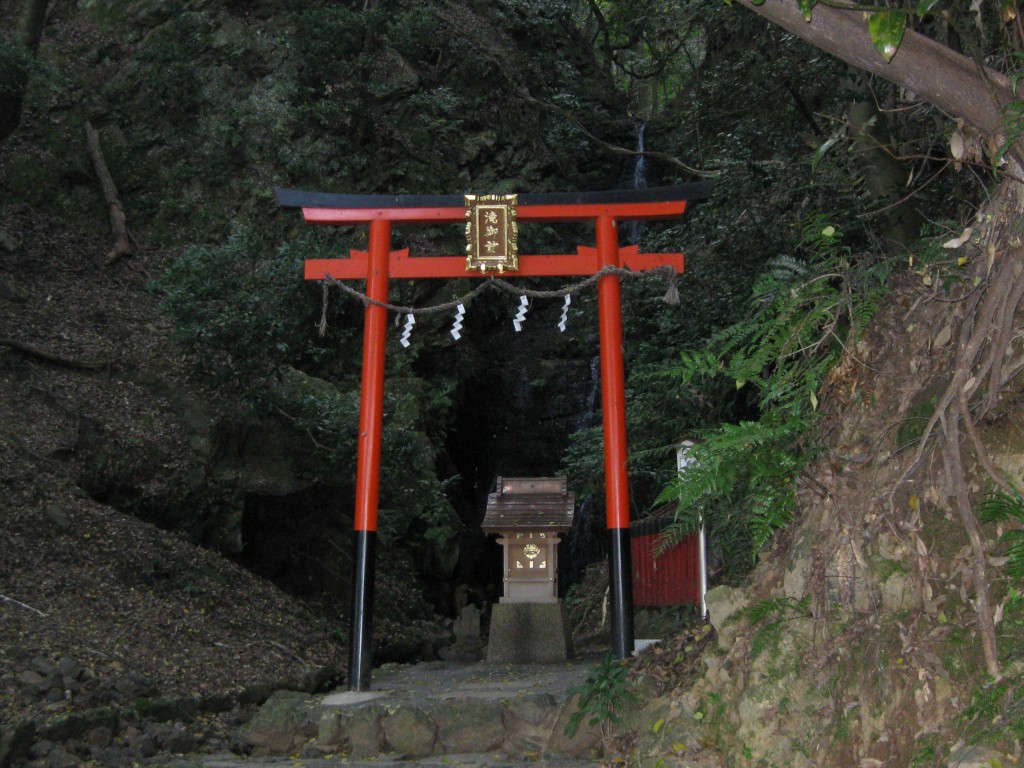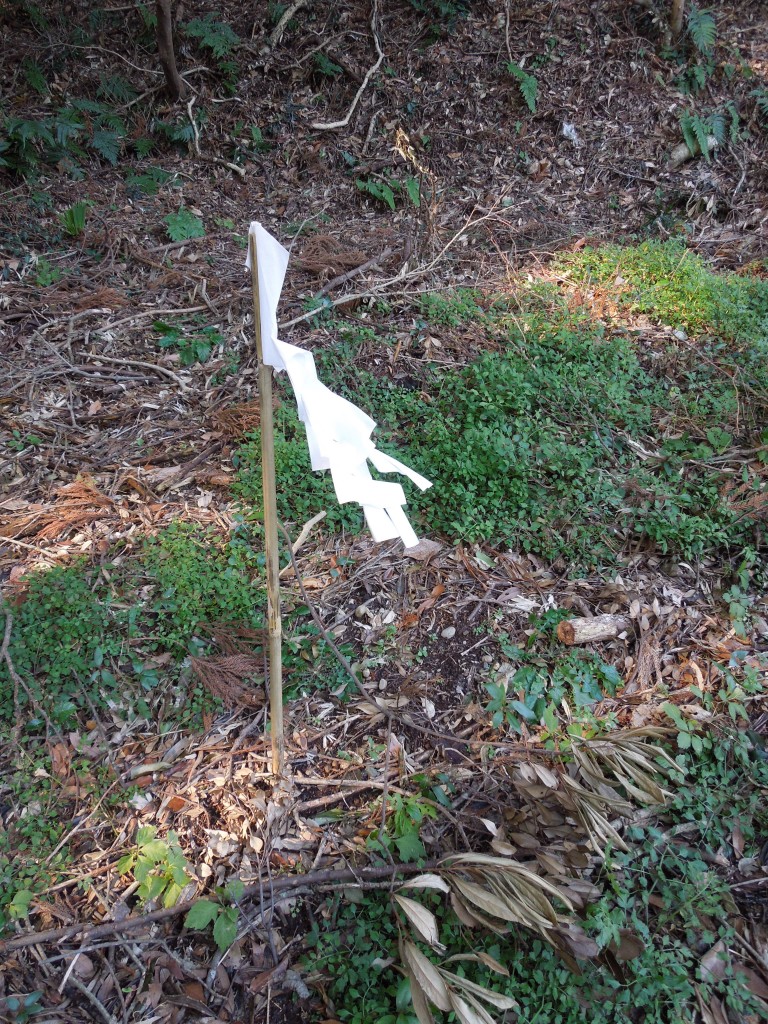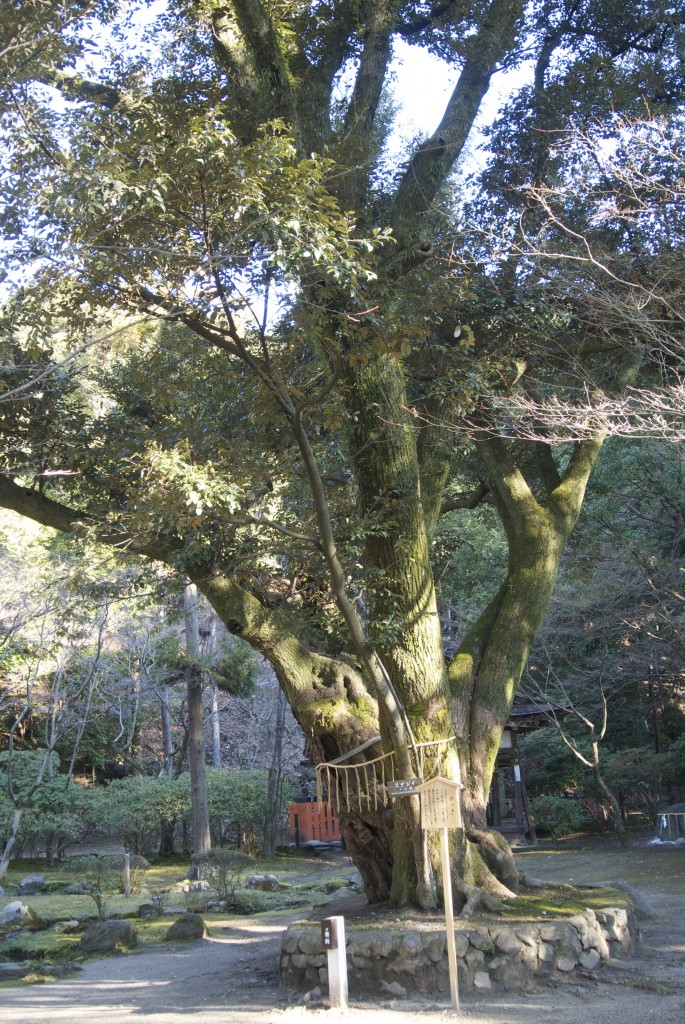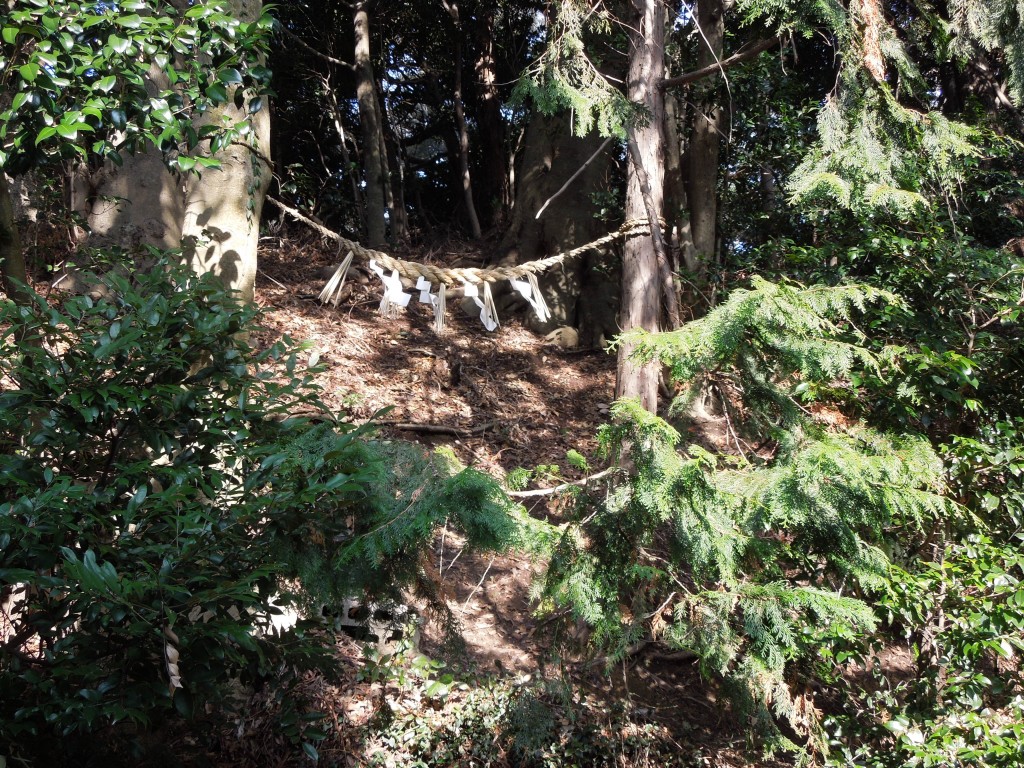
Sanctification of the spirit of place transforms the mundane into an object of reverence
There are two people in particular who have shaped my spirituality – Alan Watts and Joseph Campbell. Neither pretended to be a priest or guru, but both imparted jewels of wisdom. Joseph Campbell in particular wrote revealingly of myth and its power to provide signposts to a fulfilled life. When he came to Japan in 1954 he was entranced with the survival of a primal religion like Shinto into the modern age. In the quotations that follow, he shows how human existence is empowered through the quest for self-knowledge and sanctification of the world around us. We live in an awe-inspiring universe and carry within us the magic spark of life. Look in the mirror then and rejoice, for we are one with nature. Celebrate the diurnal round. Be here now!
********************************************
 “The function of myth is to put us in sync—with ourselves, with our social group, and with the environment in which we live… One of the most interesting and simple ways to get this message is from the mythologies of the Navaho. Every single detail of the desert in which they live has been deified, and the land has become a holy land because it is revelatory of mythological entities. When you recognize the mythological aspect of Mother Nature, you have turned nature itself into an icon, into a holy picture, so that wherever you go, you’re getting the message that the divine power is working for you. Modern culture has desanctified our landscape and we think that to go to the holy land we have to go to Jerusalem. The Navaho would say, ‘This is it, and you’re it.’ ”
“The function of myth is to put us in sync—with ourselves, with our social group, and with the environment in which we live… One of the most interesting and simple ways to get this message is from the mythologies of the Navaho. Every single detail of the desert in which they live has been deified, and the land has become a holy land because it is revelatory of mythological entities. When you recognize the mythological aspect of Mother Nature, you have turned nature itself into an icon, into a holy picture, so that wherever you go, you’re getting the message that the divine power is working for you. Modern culture has desanctified our landscape and we think that to go to the holy land we have to go to Jerusalem. The Navaho would say, ‘This is it, and you’re it.’ ”
Joseph Campbell, Goddesses: Mysteries of the Feminine Divine, p.19
*******************************************
“And just as in the past each civilization was the vehicle of its own mythology, developing in character as its myth became progressively interpreted, analyzed, and elucidated by its leading minds, so in this modern world––where the application of science to the fields of practical life has now dissolved all cultural horizons, so that no separate civilization can ever develop again––each individual is the center of a mythology of his own, of which his own intelligible character is the Incarnate God, so to say, whom his empirically questing consciousness is to find. The aphorism of Delphi, ‘Know thyself,’ is the motto. And not Rome, not Mecca, not Jerusalem, Sinai, or Benares, but each and every ‘thou’ on earth is the center of this world…
Joseph Campbell, Creative Mythology (Vol. IV of The Masks of God), p. 36
**************************************
 “How, in the contemporary period, can we evoke the imagery that communicates the most profound and most richly developed sense of experiencing life? These images must point past themselves to that ultimate truth which must be told: that life does not have one absolutely fixed meaning. These images must point past all meanings given, beyond all definitions and relationships, to that really ineffable mystery that is just the existence, the being of ourselves and of our world. If we give that mystery an exact meaning we diminish the experience of its real depth. But when a poet carries the mind into a context of meanings and then pitches it past those, one knows that marvelous rapture that comes from going past all categories of definition. Here we sense the function of metaphor that allows us to make a journey we could not otherwise make …”
“How, in the contemporary period, can we evoke the imagery that communicates the most profound and most richly developed sense of experiencing life? These images must point past themselves to that ultimate truth which must be told: that life does not have one absolutely fixed meaning. These images must point past all meanings given, beyond all definitions and relationships, to that really ineffable mystery that is just the existence, the being of ourselves and of our world. If we give that mystery an exact meaning we diminish the experience of its real depth. But when a poet carries the mind into a context of meanings and then pitches it past those, one knows that marvelous rapture that comes from going past all categories of definition. Here we sense the function of metaphor that allows us to make a journey we could not otherwise make …”
Joseph Campbell, Thou Art That, p. 8-9
***************************************
“[W]e are the children of this beautiful planet that we have lately seen photographed from the moon. We are not delivered into it by some god, but have come forth from it. We are its eyes and mind, its seeing and its thinking. And the earth, together, with its sun, this light around which it flies like a moth, came forth, we are told, from a nebula; and that nebula, in turn, from space. So that we are the mind, ultimately, of space …
No wonder, then, if its laws and ours are the same! Likewise our depths are the depths of space, whence all those gods sprang that men’s minds in the past projected onto animals and plants, onto hills and streams, the planets in their courses, and their own peculiar social observances.”
Joseph Campbell, Myths to Live By


We drove through Navaho lands a few days ago to see the ‘Shiprock’ formation in north-west New Mexico. It’s Navaho name is Tse Bat’a’i (rock with wings). You can see why it is such an important site for the Navaho and related to many of their rituals. One of the Navaho people we met at a local market told us about how they use corn pollen as part of their blessings at the start of the day. It demonstrated their strong connections to nature and a glimpse of their spirituality.
Thanks for that input, Jann… attachment to place and the sanctification of nature was no doubt part of ancient religion everywhere, and it’s wonderful that both the Navaho and the Japanese in the form of Shinto still retain that…